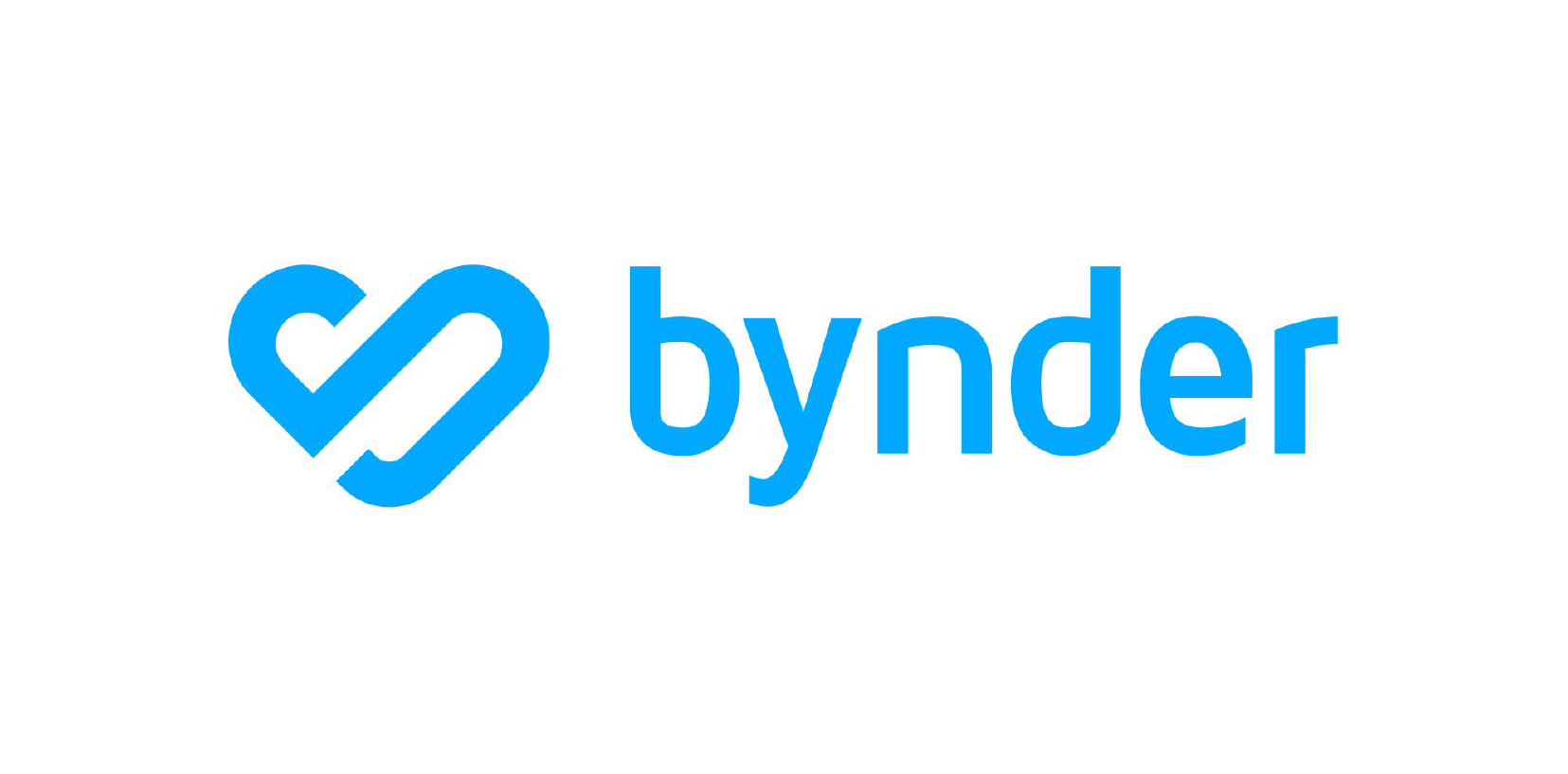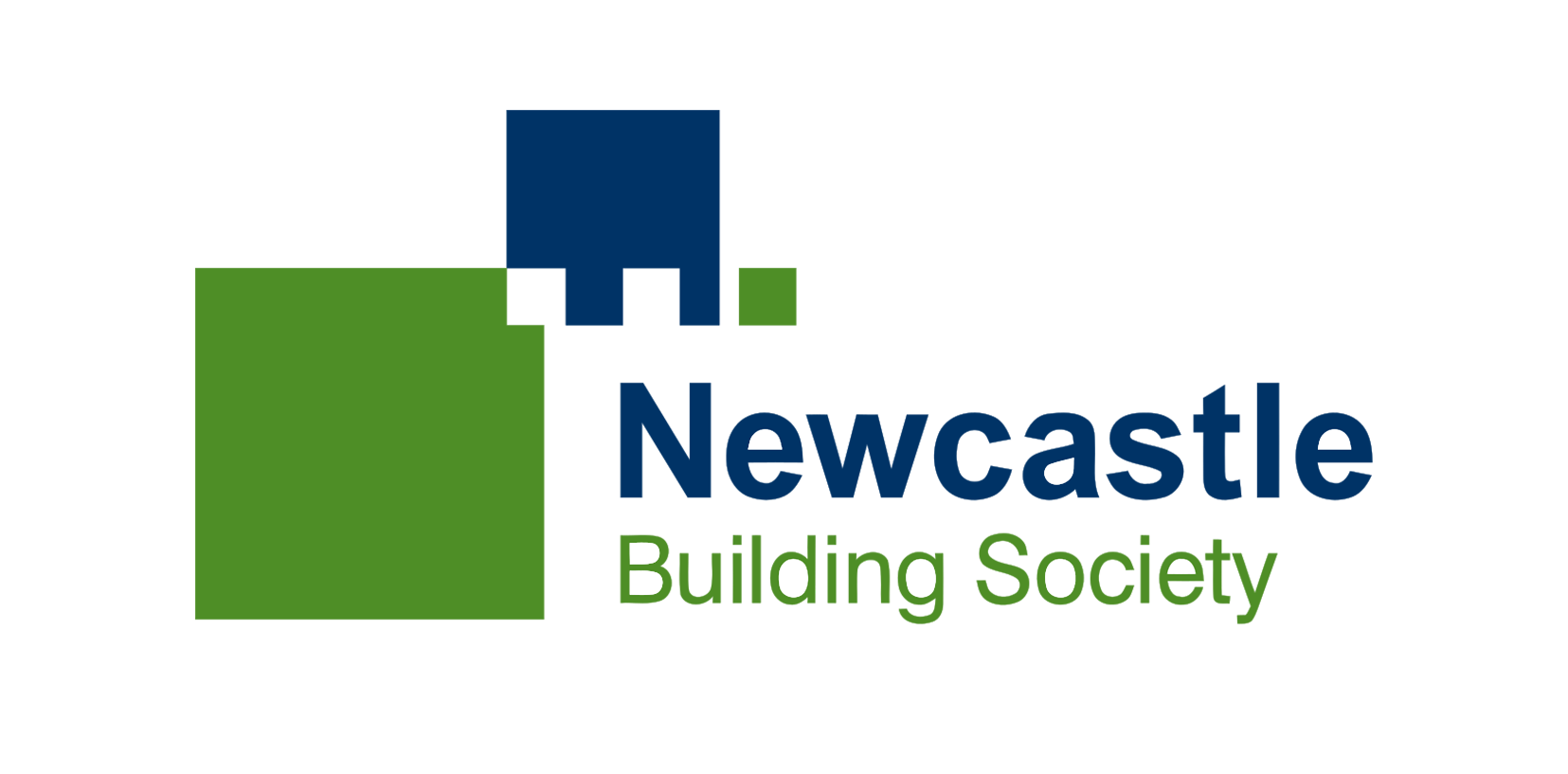


We are the digital change makers
We create experiences, platforms and partnerships that empower businesses to realise digital value, faster.




Our services
- view service:Digital Experience
Digital Experience
Create digital experiences that stand out, enhancing your brand and driving conversions.
- view service:Digital Products
Digital Products
Make your digital product a core part of your business and deliver a first-class experience for your customers.
- view service:Digital Transformation
Digital Transformation
Create change and deliver value that matches your broader organisational goals.
Our partners









An industry-leading digital partnership since 2017
Our clients
















SUSTAINABILITY
Our pledge
In 2020 MMT became a carbon negative company, offsetting far more emissions than we generate. And we are now leading the way in switching over to carbon removals. We've pledged to halve our employee carbon footprint by 2024. As part of the MSQ agency group, we now have formally approved Science Based Targets to reduce it even further by 2030, as we move towards Net Zero.








